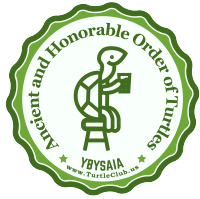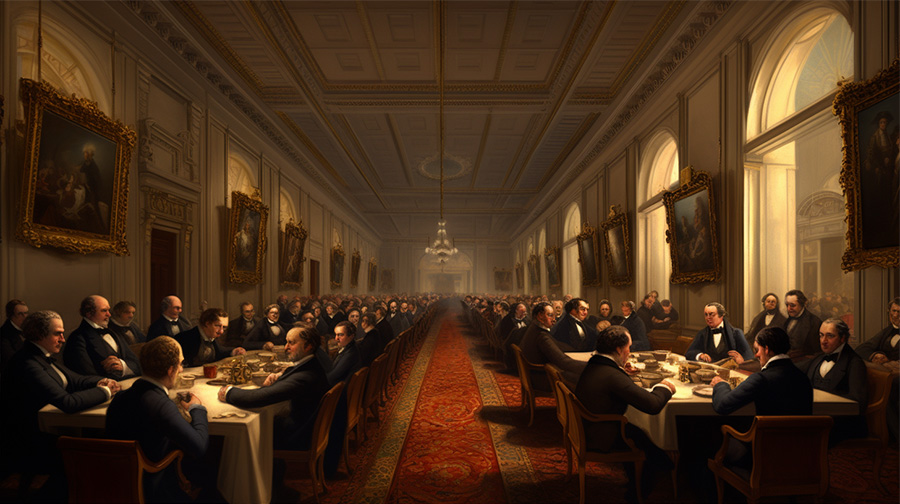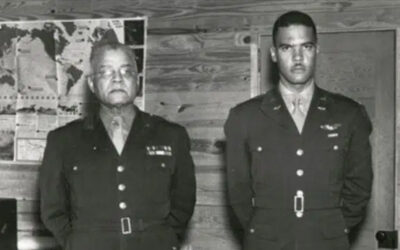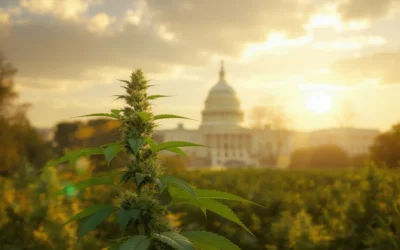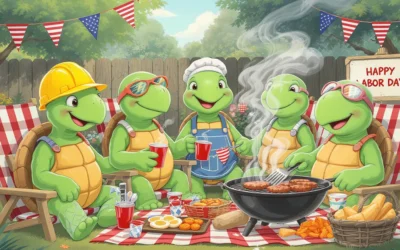Gentlemen’s clubs have long been associated with exclusivity, camaraderie, and unique traditions. These private social clubs, often catering to men, have a rich history that spans several centuries. In this blog post, we will delve into the origins of gentlemen’s clubs, explore their evolution, and highlight notable examples from around the world.
Origins and Early Gentlemen’s Clubs:
The concept of gentlemen’s clubs can be traced back to the 17th century in London, England. During this period, coffeehouses served as gathering places for men to discuss politics, business, and socialize. As the popularity of these establishments grew, they transitioned into more formal clubs, setting the foundation for the modern-day gentlemen’s club.
The rise of gentlemen’s clubs in 17th-century London can be attributed to several factors that shaped the social, political, and cultural landscape of the time.
Here are some noteworthy events and influences that contributed to the emergence of these clubs:
1. Coffeehouse Culture: Coffeehouses played a pivotal role in the rise of gentlemen’s clubs. During this period, coffeehouses became popular gathering places for individuals from various walks of life. These establishments provided spaces for intellectual discussions, political debates, and socializing. The vibrant coffeehouse culture created an environment that facilitated the exchange of ideas and fostered a sense of community among like-minded individuals.
2. Political and Social Turmoil: The 17th century was marked by significant political and social changes in England. The English Civil War (1642-1651) and the subsequent establishment of the Commonwealth under Oliver Cromwell brought about a period of upheaval. After the restoration of the monarchy in 1660, there was a desire among the elite to establish stability and foster a sense of unity. Gentlemen’s clubs emerged as exclusive spaces where like-minded individuals could gather and discuss matters of common interest, helping to rebuild social connections and influence the political landscape.
3. Intellectual Renaissance: The 17th century witnessed a surge in intellectual and cultural pursuits, often referred to as the Scientific Revolution and the Age of Enlightenment. Prominent thinkers and philosophers such as Isaac Newton, John Locke, and Francis Bacon were shaping new ideas and challenging traditional beliefs. Gentlemen’s clubs provided a platform for intellectuals to engage in discussions, share knowledge, and promote intellectual progress. These clubs became hubs for scientific, literary, and philosophical conversations, allowing members to stay informed about the latest advancements and contribute to the intellectual zeitgeist.
4. Social Class and Status: The establishment of gentlemen’s clubs was closely tied to the concept of social class and status in 17th-century England. Membership in these clubs often required a certain level of wealth, education, and social standing. As the elite sought spaces to socialize exclusively with peers of similar status, gentlemen’s clubs provided an environment that catered to their aspirations and allowed them to network, solidify social connections, and maintain their privileged position in society.
5. Birth of Sociability and Politeness: The 17th century witnessed the emergence of a new emphasis on sociability and politeness among the elite. The ideals of refined manners, etiquette, and good breeding were highly valued. Gentlemen’s clubs provided a setting where these ideals could be practiced and reinforced, establishing rules of conduct and cultivating a sense of gentlemanly behavior. These clubs played a significant role in shaping social norms, influencing how individuals interacted with each other, and fostering an atmosphere of civility.
Fostering Social Rules and Etiquette:
Gentlemen’s clubs played a pivotal role in shaping social rules and etiquette during their heyday. They provided spaces where members adhered to a set of behavioral standards, promoting refined conduct and gentlemanly behavior. From proper dress codes to codes of conduct for conversation and interaction, these clubs established social norms that were then emulated by their members in wider society.
Influence on Cultural Traditions:
Gentlemen’s clubs have had a profound impact on cultural traditions, particularly in areas such as art, literature, and sports. Many clubs had dedicated spaces for artistic endeavors, fostering creativity and supporting emerging artists and writers. They often hosted exhibitions, literary discussions, and performances, nurturing cultural movements and influencing artistic trends.
For example, The Garrick Club in London, founded in 1831, provided a platform for actors, writers, and artists to connect and collaborate. Its influence on the theatrical arts extended beyond its walls, shaping the direction of the industry and supporting the growth of talented individuals.
Networking and Power Structures:
Gentlemen’s clubs have also played a crucial role in establishing and maintaining power structures within society. These clubs provided exclusive spaces for influential individuals from political, business, and intellectual circles to gather, exchange ideas, and forge alliances. Networking within these clubs often led to opportunities, influence, and the consolidation of power among the elite.
The Reform Club, founded in 1836, started as a political club advocating for reform. It became a meeting place for influential figures, including politicians, intellectuals, and reformists, who shaped the political discourse and decision-making processes of the time.
Philanthropic and Civic Contributions:
In addition to their influence on social and cultural aspects, many gentlemen’s clubs have made significant philanthropic and civic contributions. These clubs often organized charitable events, fundraising activities, and community initiatives that aimed to improve the lives of those less fortunate. By leveraging their resources and networks, these clubs became agents of positive change within their communities.
Gentlemen’s clubs have played a multifaceted role in society, beyond being exclusive gathering places for like-minded individuals. They have helped shape rules, etiquette, and cultural traditions, while also influencing power dynamics and fostering philanthropic endeavors. While the influence and reach of these clubs have evolved, their legacy continues to be felt in various aspects of society. Understanding the historical role of gentlemen’s clubs provides valuable insights into the shaping of rules and traditions that continue to impact our lives today.
Here is a short list of some long-standing clubs and their purpose.
The Garrick Club:
Founded in 1831, The Garrick Club is one of London’s most prestigious gentlemen’s clubs. Named after the renowned actor David Garrick, the club was established as a hub for those involved in the theatrical arts. The Garrick Club provided a venue for actors, writers, and artists to socialize, collaborate, and discuss their craft. Over the years, it has expanded to include members from various professional backgrounds, but it retains its association with the arts. The club’s distinctive building and extensive art collection further contribute to its allure.
The Reform Club:
Established in 1836, The Reform Club has a fascinating history that reflects the changing political landscape of the 19th century. Initially formed as a political club advocating for political reform, it eventually evolved into a renowned gentlemen’s club. The Reform Club played a significant role in supporting the Reform Act of 1832, which aimed to expand voting rights in the United Kingdom. With its impressive architecture and opulent interiors, The Reform Club became an iconic symbol of club culture. It continues to provide a space for members to engage in intellectual discussions, socialize, and uphold its historical legacy.
The Bohemian Club:
While gentlemen’s clubs are often associated with British traditions, the phenomenon extended beyond the shores of England. The Bohemian Club, established in 1872 in San Francisco, California, is an excellent example of a gentlemen’s club with unique American characteristics. Comprising artists, writers, musicians, and influential figures from various fields, The Bohemian Club aimed to foster creative expression and intellectual discourse. Its annual retreat, the Bohemian Grove, held in a sprawling redwood forest, has become legendary for its exclusive gatherings, artistic performances, and secret rituals. The club’s diverse membership and cultural contributions have cemented its place in San Francisco’s vibrant history.
Skull and Bones
Skull and Bones is a secret society at Yale University in the United States, known for its exclusive membership and secretive rituals. Skull and Bones was founded in 1832 and has maintained its reputation as a prestigious and highly selective organization.
Skull and Bones is primarily composed of senior Yale students, often chosen based on their achievements, leadership qualities, and connections. The society’s members, known as “Bonesmen,” engage in a variety of activities, including discussions, social events, and the exploration of intellectual and political topics.
The rituals and practices of Skull and Bones are shrouded in secrecy, making it challenging to provide detailed information about the organization’s internal workings. However, it is widely known that the society conducts initiation ceremonies involving symbolic elements and rituals that are believed to foster bonds among its members.
The Ancient and Honorable Order of Turtles
The Ancient and Honorable Order of Turtles was formed in the mid-20th century by pilots in the Army Air Corps. With the unique password and grip the “gotcha” style club became popular throughout the military and has grown beyond the military to service clubs like the Masons, Free Masons, Shriners, and more.
The Turtle Club is focused on having fun and good nature challenges with riddles to prove your pure-mindedness. All are invited to join this fraternity. Any gender, race, or religion. The “beverage of choice” earned by the Turtle should a member not answer with the password is not necessarily alcoholic, but could be. The only requirement is to prove your pure-mindedness by passing the initiation riddles and providing the password when challenged. If a Turtle does not provide the password when challenged, they owe that fellow Turtle a beverage of their choice. Membership is free and members are found all around the world.
Turtle Club Us is the largest online Turtle Pond and recently launched an online directory of Turtle Members that you can view. The goal is to find Turtles on every continent and assist in forming Ponds where members can gather and share good humor.
Are you a Turtle?
You bet your sweet ass I am!
Past Imperial Turtle Dave
